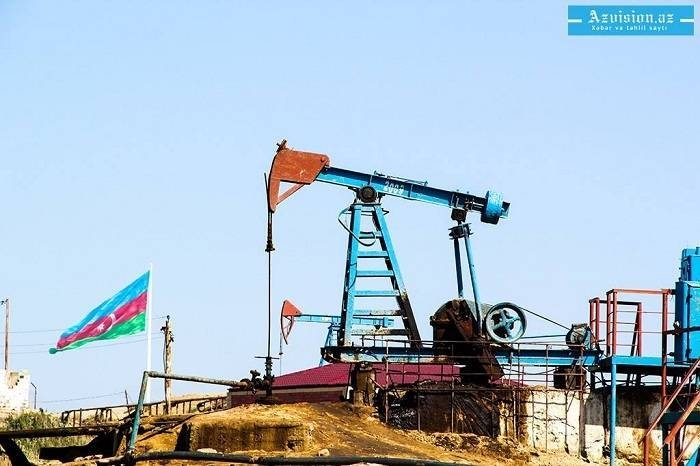US-based refineries, on the other hand, reported a continuous increase in operating rates, the seventh straight week of higher production. This coupled with lower domestic and exports demand resulted in the build-up of inventory.
Though the fag end of the year results in the buildup of finished inventory ahead of holiday season, the present number is well above the market consensus.
Oil prices have had a good run in the present quarter, averaging around USD 54 per barrel, which is the highest in more than two years helped by OPEC decision of extension of output cut.
Oil is crucially priced as a sustained run over USD 60 per barrel will result in more shale oil rigs in the US getting commissioned. It is very likely that the OPEC nations' production cut will be matched by an increase in production by US producers. This coupled with long-term higher supplies from Canada and Brazil is likely to maintain the supply-demand balance.
Analysts expects that oil prices to move in a price band of USD 45 to USD 60 for the calendar year 2018. Three key variables will decide which end of the range the oil price will move. First is the supplies and exports from the US market, second will be the increase in demand linked to global growth and finally adherence to the production cut levels by OPEC and non-OPEC countries.
Saudi Arabia would be keen on keeping oil prices high as the country’s oil company Saudi Aramco is expected to raise funds from the market. Higher oil prices will help improve its financials. The US, on the other hand, would like its oil price – West Texas Intermediate (WTI) -- to trade higher than benchmark Brent crude.
Presently, the spread between WTI and Brent is around USD 5.81. Higher spreads will result in higher realization for US exporters. In terms of output, US now produces around as much oil as Russia and Saudi Arabia. Analysts feel that both Russia and Saudi Arabia are close to its peak performance thus leaving very little increase in production apart from those coming out of the USA.
While the underlying dynamics of the oil market shows a bullish bias there is only one factor that supports lower prices.
Almost everyone in the market seems to be playing the long oil trade. Managed money combined net position (speculative interest) in oil and product contracts have touched a new all-time high. The ratios of long to short positions in crude oil and refined products are near historic peaks. The overall position has recently crossed the highs made in June 2014 – the period after which oil prices crashed. Indian government and central bank would surely be wishing for a repeat of the event.
The original article was pubslihed in MoneyControl.com.
More about: #oilprices
















































